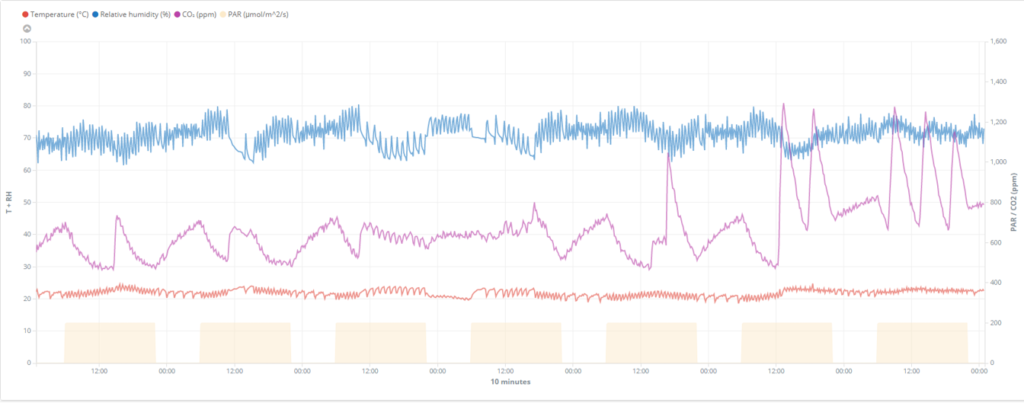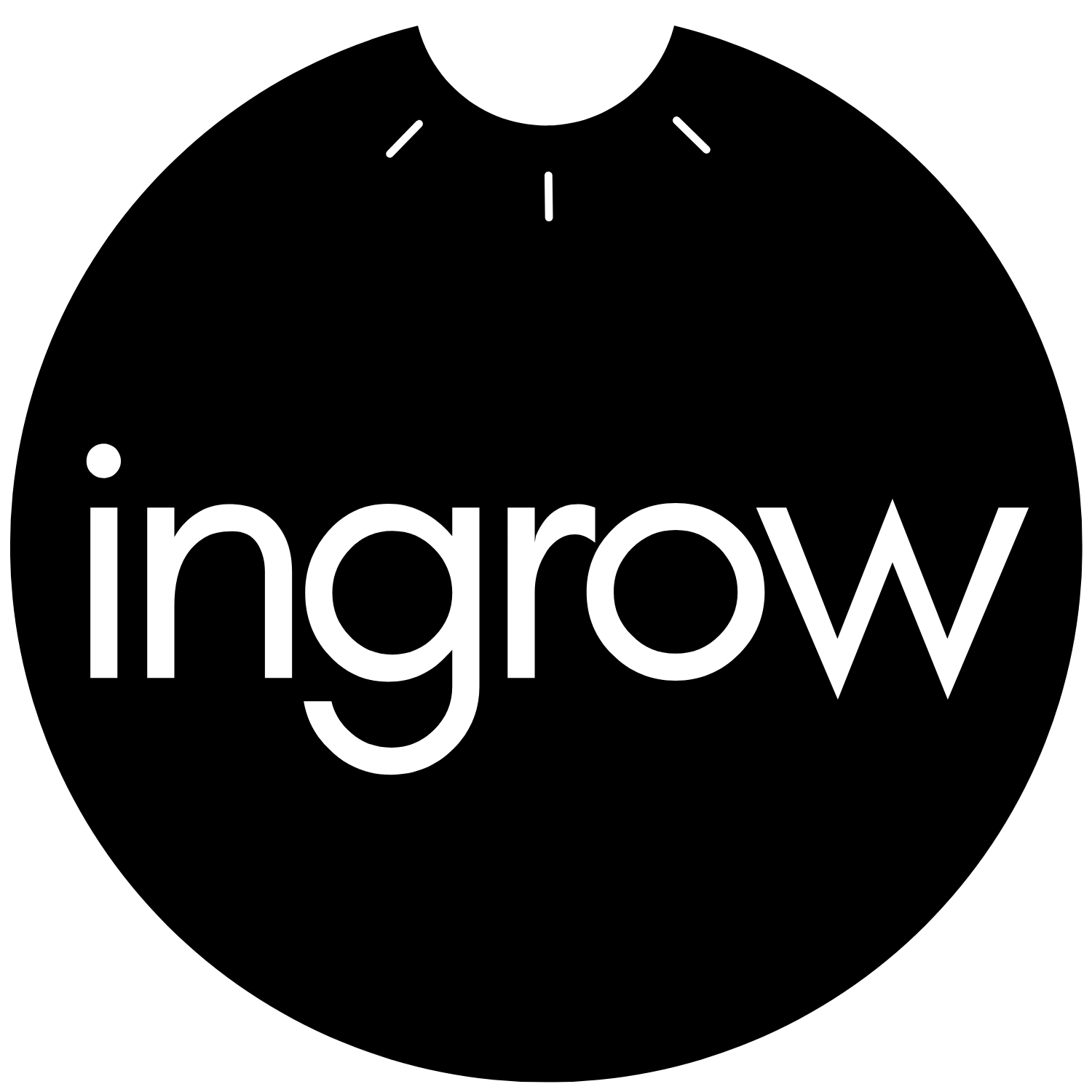
The main objective for a successful and productive cultivation is to help plants achieve their highest potential. This is more easily done when you have control over all of them!
How do we do this ?
Plants use water as a way of transporting building blocks to the areas where it requires the most. Much like a pump, water can only be absorbed by the roots if the conditions are there for its release. This conditions are related to many variables that happen at all levels of the plant
By remotely sensing some of this variables you can more easily provide them . Light intensity and Temperature are the environmental parameters most usually in defit during the winter months. While High Temperatures in the summer are the main concern to farmers in the Mediterranean. This unproductive conditions can only softened if the correct equipment is in place for Heating, Cooling and Ventilating accordingly .
( See our post on CEA Equipment)
CO2 enrichment is a subject not much talked outside of cannabis production. However it is a crucial aspect of maximizing the growth when the remaining conditions are optimal. In days of full Sun with temperatures raging the 25~26 ºC and enough nutrient solution, the only obstacle is CO2 levels around the plants. This doesn’t make sense to most growers, especially nowadays where CO2 levels have never been higher. There are many ways to benefit from CO2 enrichment by sourcing the CO2 either from natural processes like composting or has a sub product of processes like burning gas for heating or producing electricity. This way it is possible to achieve not only carbon neutrality but even creating a carbon negative operation.

In the above chart from our prototype grow chamber you can easily track the behavior of CO2 (purple line) according to the light schedule which you can see in yellow at the base ( 16h on/ 8h off ). At night (when lights turn off) it is possible to notice the switch from photosynthesis ( where all available CO2 is absorbed) to the night respiration ( where some of the carbon absorbed is released). The spikes easily noticeable at the right end of the chart are due to CO2 injection in to space. Notice how this spikes last only a few hours. Also notice how the night respiration is not increased .. all the carbon is now in the plants tissue!
CO2 is being used as an example. This high CO2 consumption is only possible because lights, air flow, temperature and humidity controls, irrigation and nutrient solution are all in place in a proportional way!
One indicator that we can also easily track is the Vapor Pressure Deficit (VPD) which uses the levels of relative humidity and temperature to tell us, in a simplified manner, the “space” that exists for water vapor, surrounding the plants leafs. This means that you can set the transpiration rate of your plants! Now it is not all about the maximum transpiration rate but the correct transpiration rate for current plant stage (germination, vegetative or flowering).
Again, it cannot be forgotten that all variables must work accordingly and proportionally with each other. So there is no use, for example, in setting your conditions for maximum transpiration rates if you are not providing enough light, enough nutrition, CO2 supplementation. Because your plants will not make use of it! It works both ways meaning you can have the best lights, nutrition, air flow… but if VPD is either to high or too low, you won’t benefit much
